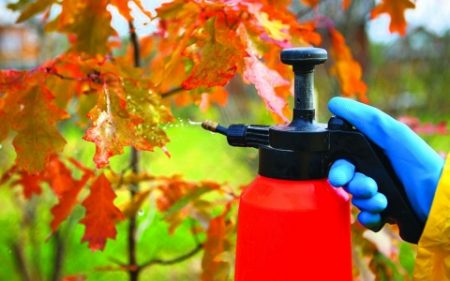 Many amateur gardeners know that preparing the soil as much as possible, as well as getting rid of pests and various diseases, is best in the fall. Indeed, the high yield of the next year will depend on this. Moreover, it is necessary to treat such works with full consciousness, because it is not uncommon for experienced summer residents to make the most elementary mistakes.
Many amateur gardeners know that preparing the soil as much as possible, as well as getting rid of pests and various diseases, is best in the fall. Indeed, the high yield of the next year will depend on this. Moreover, it is necessary to treat such works with full consciousness, because it is not uncommon for experienced summer residents to make the most elementary mistakes.
Often, many gardeners are sure that when collecting fallen leaves, it is best to cover the beds or dig the ground, using this option as fertilizer. Thus, on the contrary, they harm your site. So that it is in foliage that there are sometimes various kinds of pests, which in the future can bring a lot of trouble to their owners.
Proper processing of the site in the autumn period of time
Carrying out basic correct work will allow you to prepare the soil for the next harvest as much as possible. Usually begin work in the fall after a full harvest. To begin with, using a shovel, dig a section to a depth of 30 - 40 centimeters. Then, using a rake, the soil is harrowed.
When digging, it is not rare to make various fertilizers. It can be either compost or manure of various origin. If the soil is acidic it can be treated with lime or chalk, and neutralization will occur. After all, many plants do not fit the acidic environment. In this connection, low productivity is obtained.
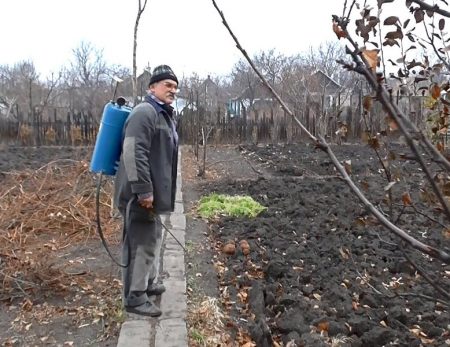
Soil cultivation in the fall from diseases and pests by digging the earth is quite convenient in that when the surface layer is turned over, most of the pests die during the winter cold. At the same time, a large number of perennial weeds often die.
Uncultured heavy soil is best cultivated with a bayonet shovel, old humus soil can be dug up with forks, with which it is convenient to extract the roots of the plants, because they do not cut into pieces, but remain intact and completely removed without residue for the next year. It should be noted that when digging the surface layers of the earth, large blocks should not be left, since this leads to freezing of the soil, as well as weathering and snow retention.
During the initial digging of an uncultivated plot, the top layer is usually turned over, stones are selected, tree roots are removed. Then it is carefully cut with a shovel, chopper, rake. In spring, the surface is leveled and re-dug again, but to a lesser depth than originally. In this case, the introduction of organic fertilizers is also considered a mandatory nuance.
To date, there are many modern methods for improving soil fertility, as well as for its restoration. However, it is not rare that many summer residents use old methods of cultivating the land, for example, mulching.
To do this, you can use a lot of additional tools that are always at hand. For example, sawdust, needles, and hay are often used from organic elements. From inorganic elements, expanded clay can be taken. A layer of mulch must cover the soil at least a few centimeters in thickness. And it doesn’t matter if there is a free bed there or with perennials.
When using tops for mulching, you need to know that you should not use such plants that have seeds, otherwise afterwards, a huge amount of annoying and unnecessary weeds will appear.It should also be borne in mind that needles can increase the acidity of the soil, so you need to be careful in this process.
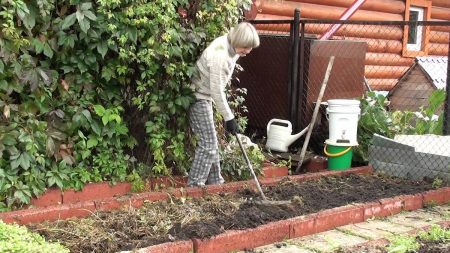
Often, many experienced gardeners use green plants that help improve the structure of the soil, disinfect it and kill weeds. Such plants include oats, legumes, mustard and many others. Planting such "helpers" usually occurs at the end of summer, or in early autumn, so that a green mass has formed before frosts.
Also, one should not forget about special preparations that help process organic residues as quickly as possible. Such special agents include effective microorganisms that help to quickly process plant roots or tops in the shortest possible time.
It should also be noted that if the soil is heavy, clayey, it is necessary to add organic fertilizers to it, for example, ash or sand. This approach will give friability and water permeability. If the soil is sandy, then, as you know, it does not retain moisture well, and this is not enough for plants. In this connection, it is necessary to add either overripe compost or sawdust.
Undoubtedly, proper soil preparation plays a big role in productivity and its quality. When digging the earth in the autumn period of time, most of the weed vegetation is destroyed in the winter, when the top layer is exposed to low temperature conditions. Based on this, many gardeners advise that they cultivate the soil in the fall, because the most important thing for high yields is to properly prepare the land.
Profilactin is the necessary treatment tool, more about it in detail here.

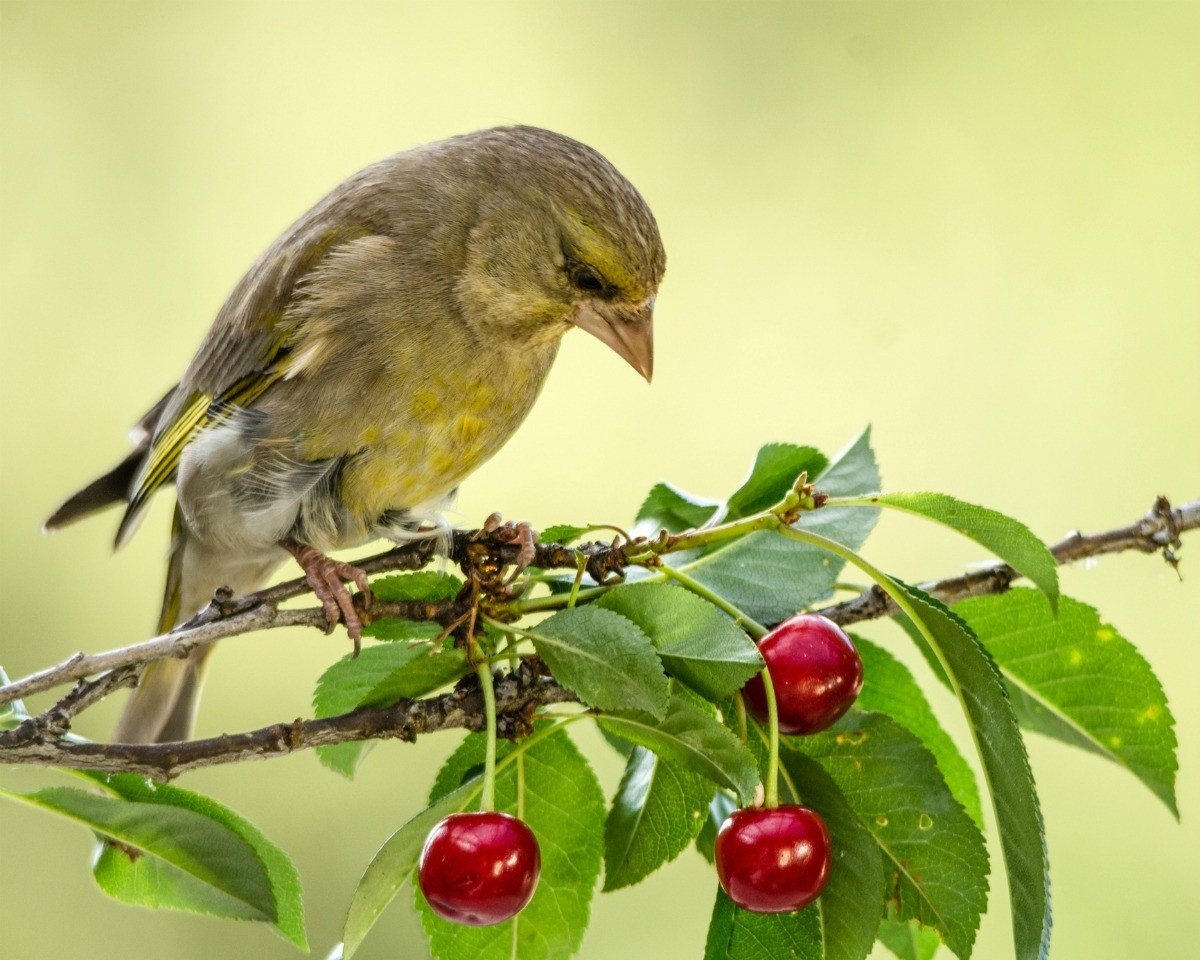
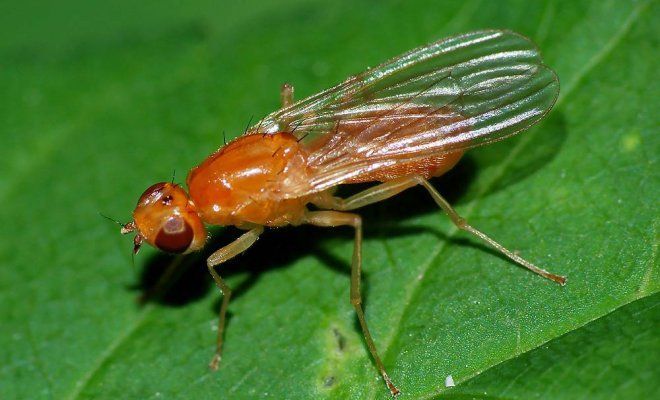
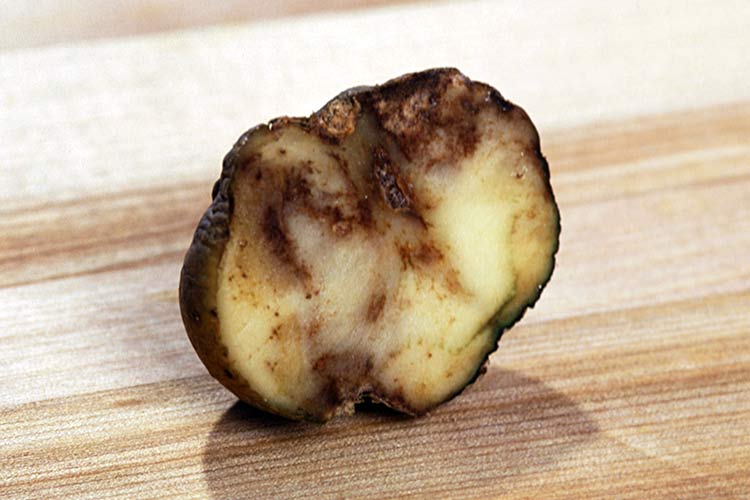
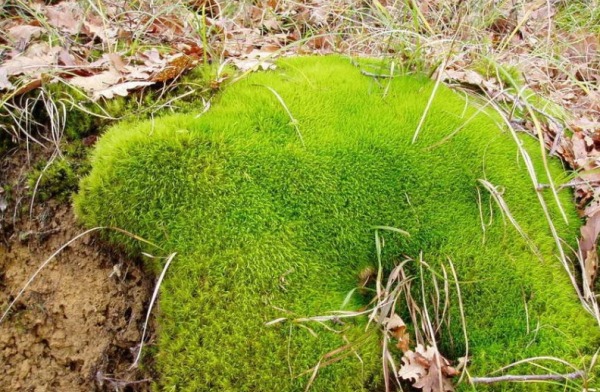 Where does moss come from in the garden and is it necessary to get rid of it?
Where does moss come from in the garden and is it necessary to get rid of it?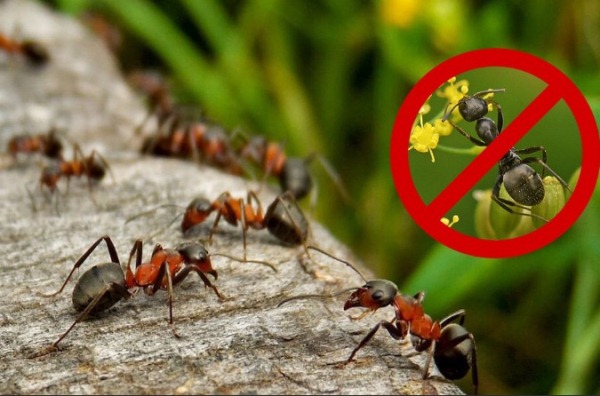 The most effective ways to deal with ants in the area
The most effective ways to deal with ants in the area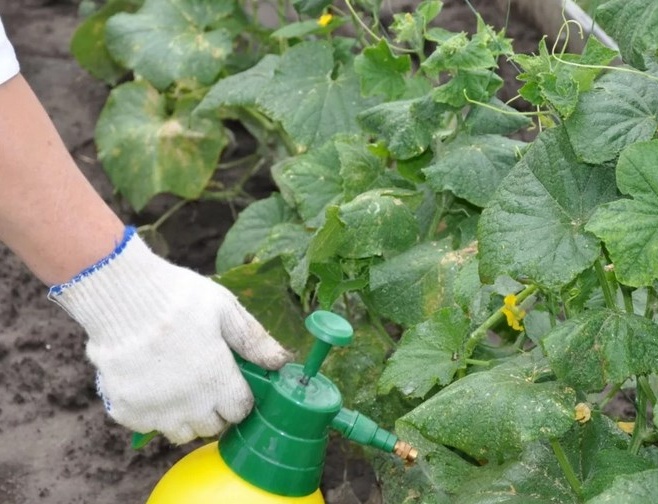 Cockchafer and Bear: An Easy Way to Save Plant Roots
Cockchafer and Bear: An Easy Way to Save Plant Roots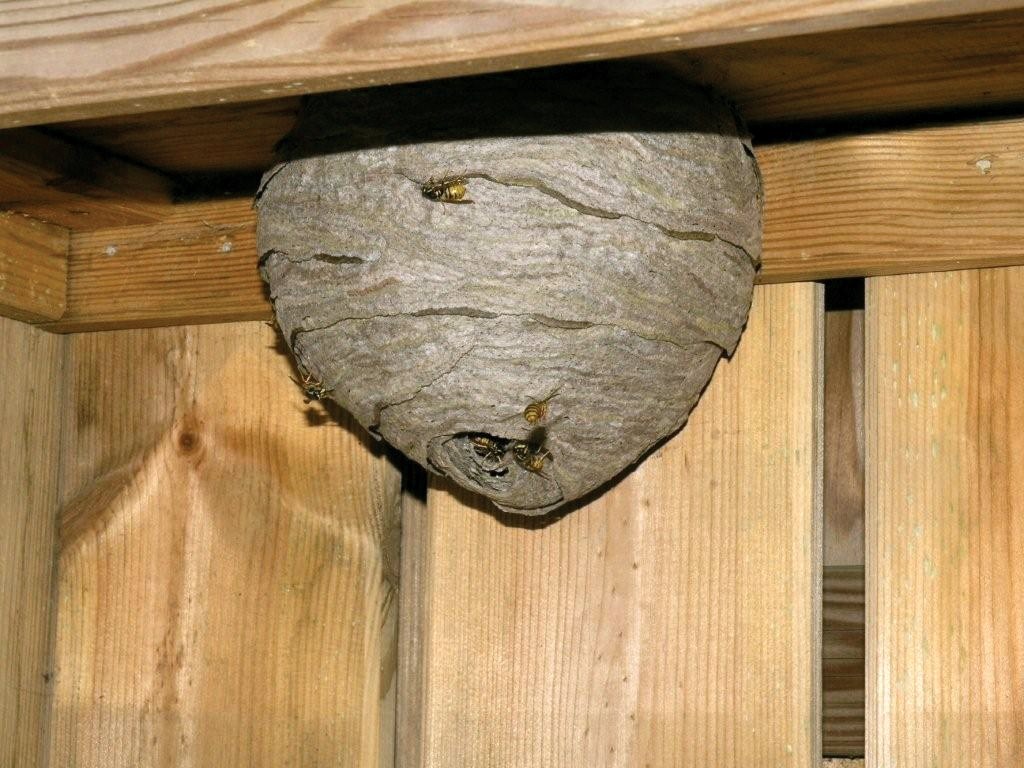 Get rid of the aspen nest quickly and safely.
Get rid of the aspen nest quickly and safely.